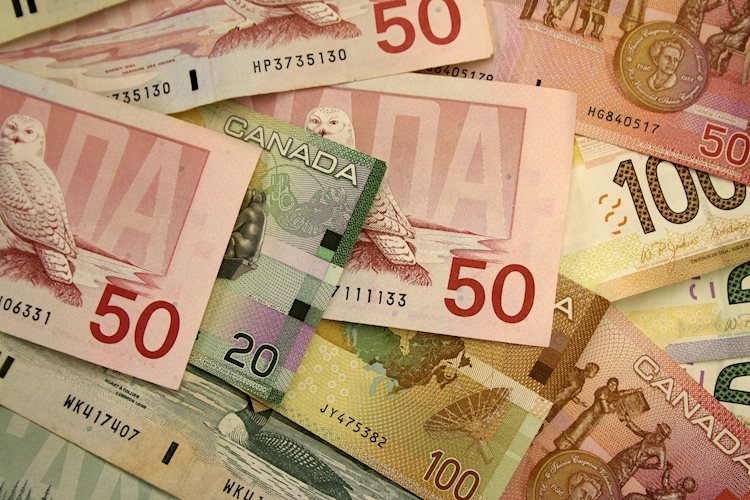The Canadian Dollar (CAD) has been fluctuating in the midrange, with little momentum to drive it either up or down. Despite falling to a three-week low against the US Dollar (USD), the CAD is currently hovering near 1.3550 due to weakness in the US Dollar. Bank of Canada (BoC) Governor Tiff Macklem’s appearance on Friday did not have much impact on CAD flows as he focused on non-monetary policy topics. Looking ahead to next week, CAD traders are facing a quiet week with limited data events.
Canadian economic data remains thin next week, with only mid-tier data on the calendar. BoC Governor Macklem is scheduled to speak at the Institute of International Finance and Canadian Bankers Association Canada Forum in Toronto, which could potentially provide some direction for CAD flows. Market participants are still reeling from the aftermath of the Federal Reserve’s substantial rate cut earlier in the week, leading to exhaustion in the markets.
Key factors influencing the Canadian Dollar include interest rates set by the Bank of Canada, the price of Oil, Canada’s largest export, the health of the economy, inflation, and the Trade Balance. Market sentiment, particularly risk-on vs. risk-off behavior, also plays a role in driving CAD movements. The US economy, as Canada’s largest trading partner, is another crucial factor affecting the Canadian Dollar’s value.
The Bank of Canada’s decision on interest rates is a significant driver of CAD movements, with higher interest rates generally positive for the currency. The BoC uses interest rate adjustments to maintain inflation within a target range and can also employ quantitative easing or tightening to influence credit conditions. Oil prices directly impact the CAD due to Canada’s reliance on petroleum exports, with higher Oil prices typically boosting the CAD’s value.
Inflation, traditionally considered negative for a currency, can actually have a positive impact in modern times due to increased capital inflows attracted by higher interest rates. Macroeconomic data releases, such as GDP, employment figures, and consumer sentiment surveys, provide insight into the country’s economic health and can influence the CAD’s direction. A strong economy tends to support the Canadian Dollar by attracting foreign investment and potentially leading to interest rate hikes. Conversely, weak economic data can cause the CAD to depreciate.









